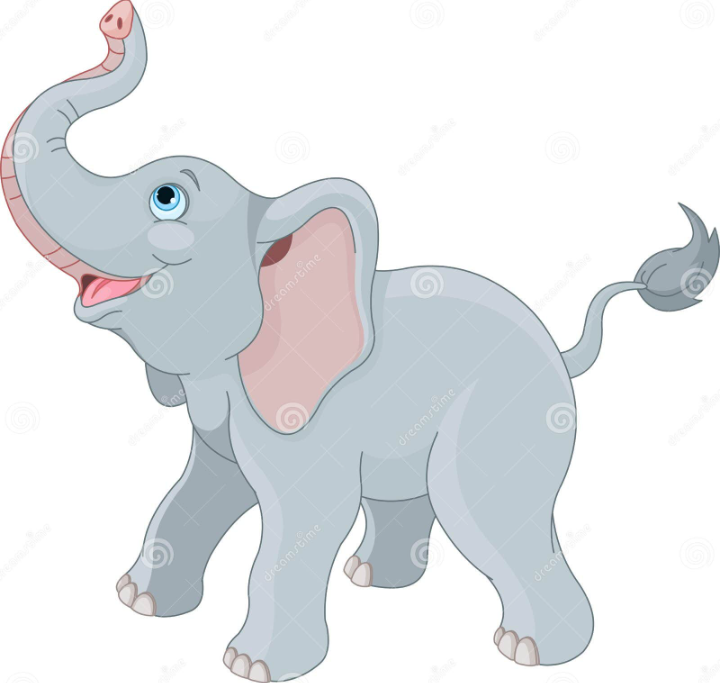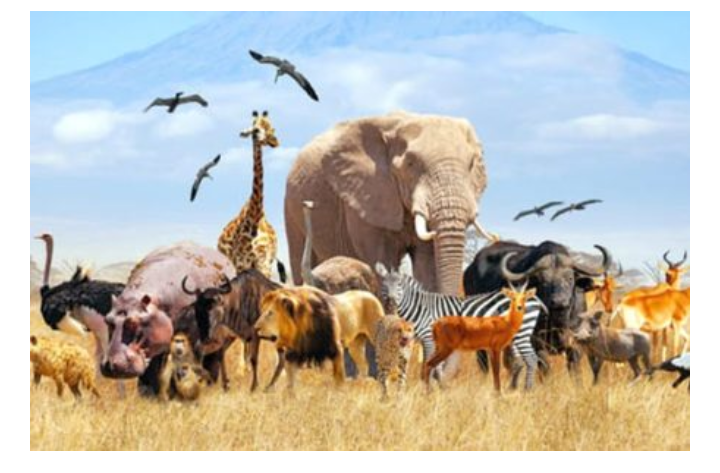
Wild animals have always live in harmony with the rural communities of the world. Certain species of animals and plants are sometimes regarded as secret ( not to be touched) and therefore must not be damaged and killed. There is ample evidence that rural communities make use of their wildlife before modern technology intervined. The demand of rapidly expanding human population in the tropics have caused many forest to be cut down for farming, industrialization, and urbanisation purposes. Wild animals have being hunted for food and sports. This human activities have driven the wildlife into shrinking forest and bush areas. The concept of wild life management is not new in the tropics. In West Africa, the first wildlife reserve was established in Ghana in 1911. These wildlife reserves are areas where hunting is restricted or totally banned.
Conservation efforts in the tropics are supported by organization’s like the fauna preservation of London. The organization of African Unity (OAU) and the international union of conservation of nature and natural resources (IUCN).
Wildlife can also be defined as all forms of life that are wild and thus include all plants, animals and micro organisms.
Wildlife resources are any wildlife living in their natural environment. For example, plants and animals.
Wildlife management is the active manipulation of wild animals and their habitat for the benefit of man kind.
OBJECTIVES OF WILDLIFE MANAGEMENT
Different countries with the tropics and temperate regions have different objective and means for managing wildlife. Game reserves and laws to protect wildlife were instituted when people realised that wildlife were disappearing at alarming rate. Some of the reasons for conserving wildlife are as follows:
1. WILDLIFE ARE CONSERVED FOR BUSH MEAT PRODUCTION : Bush meat is the flesh of wild animals. A large proportion of animal protein consumed by rural communities especially in the tropics are bush meat. In the coastal regions of West Africa where cattle can not strive because of tse tse fly and other disease vector, bush meat and fish provides 80% of animal protein in the rural diet. The most popular wildlife consumed are fish, insect, catapillars, maggots, snails and various rodents and herbivores.
In East African countries, wild animals are cropped in large quantities by organised world bodies and professional hunting groups and the meat from the cropped animals is exported or sold to tourist. Tanzania for example earn considerable foreign exchange through the sales of wild meat.
2. GAME VIEWING AND TOURISM: The financial benefits of recreation associated with wildlife is important to the economic of several tropical countries, most especially in East and Southern Africa where game viewing and sport hunting are highly developed. In Kenya, the tourist industry based mainly on game view and sport hunting contribute over 50 million dollars annually to the national economy. The revenue is earned through landing fees, fees for hiring vehicles, for local tours, hotels and fees paid for international and local flight. In addition to these sources, tourist buy sourveniers and pay service charges for all sources of labour employed on safari tours. These are often referred to as” the hidden benefits of tourism”. Apart from this hidden benefits, direct revenue are often collected as gate fees at national parks, game reserves and zoological gardens.
3. TROPHIES AND OTHER WILDLIFE PRODUCTS: By-products of wildlife animals such as tusks, horns, hooves, skins, feathers and beaks are sometimes regarded as trophies and used for various proposes in the tropics. The tusks of elephants, hippopotamus and horns of rhinoceros are used as ornaments while skin of elephant, leopards, hyenas, several cats, cobra, pythons and various antelope are used for making shoes, bags, purses, and sometimes for clothing. Many people decorate their homes with wildlife skins, feathers and ivory. The Masai of East Africa just like the fulani of Nigeria decorate their caps with bird feathers. Similarly, the important chiefs in West African countries decorate their caps with beautiful bird feathers especially those of peacock. Elephant tusk are crusial in the installation ceremony of traditional rulers in some tropical countries. Wildlife by-products such as beaks, feathers, feaces, skin, tusk, meat, urine, claws, and bile are used for the preparation of concoction in traditional curatives and preventive medicines. They are also used for invoking and appeasing spirits.
4. EDUCATION AND RESEARCH: National parks and zoological gardens provide ample opportunities for scientist to conduct research and for students to explore and appreciate nature in their surroundings. The visit of children to national Parks, amusement parks, botanical gardens and national museums are important educationally. Many people keep animals as pets.
Many rodents are used as laboratory practical to carry out ecological and medical research. Some primates such as monkeys and baboons are used to study pathogen and life histories of important parasites of human and domestic animals.
5.IMMUNOLOGICAL AND CHEMICAL STUDIES
These have being carried out using wild animals in the laboratory. Monkeys have also being used extensively in the study of human heart, blood and blood groups
6. CONSERVATION: Conservationist believe that wildlife is a national heritage that should be cherished and reserved. Ecological stability is promoted by conserving wild animals and their environment. Extermination of any parts of the biotic communities would distabilized the ecosystem and alter the gene pool.
7. GENERATION OF EMPLOYMENT IN RURAL AREAS: Rural communities of the world benefits from wildlife as food (bush meat) and for employment. Local communities are often involved in boundary demacation and road construction in the game reserve and national Parks. In case where the reserve area encroaches on people’s farm and settlements, government officials are sent to assess their claims and cash compensation benefits are given . Experienced hunters in the area are often employed as gate patrol guard who organise antipoaching companies through vigilant patrol and educating the people. It is a common practice to employ workers such as masons, carpenters, labourers, from the area in the visinity of the reserve to construct administrative camp, patrol post and tourist loggies. The junior management staff such as clerks, typist, guards, drivers and game scouts are usually employed from the local communities. This procedure has helped many wildlife managers to win the confidence and support of the local communities.
WILD LIFE CONSERVATION AND COMPONENTS
Wildlife conservation include protection and rational utilization of wild animals and their habitats.
WILDLIFE RESOURCES
The wildlife resources include:
1. Habitat: land, soil, water, air, plant etc
2. Animal species
3. Plant species
4. Plants and animal by-products
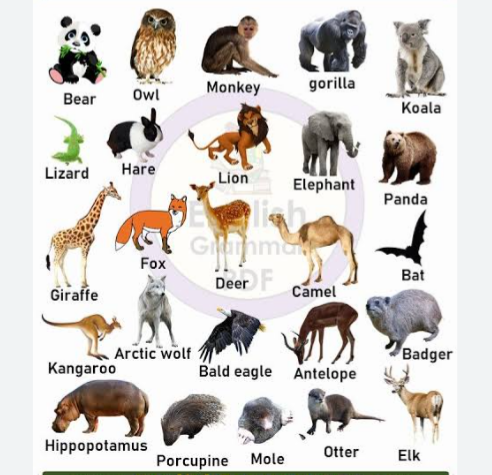
Wildlife is any living thing that is part of a natural ecosystem. It comprises all forms of wild animals and their environment.
Wildlife management is not limited to game management, though game management is recognized as an important branch of wildlife management. It embraces the practical ecology of all vertebrates and their plant and animal associates. While emphasis may often be placed on species of special economic importance. Wildlife management along sound biological lines is also part of the greater movement of conservation of our entire native fauna and floral. Native fauna and flora of a particular region include all biota which are hunted for sport, food, and medicinal reasons. All life forms have some values. Biological diversity refers to diversity of life In all it’s forms and level of organization. Animals, plants and microorganisms are the three major forms.
Genes, species, communities and bioms are among the many levels of organization in wildlife.
Managing biological diversity is of critical importance because it is essential to the ecological well being of the planet’s, and human welfare is ultimately dependent on this. Every elements of biological diversity has some economic or ecological values. Although in some cases, the economic values remain unrealised.
PROTECTED LANDSCAPE: This is an area where there is minimal disturbance of human being due to legal measures.
PROTECTED WILDLIFE AREAS: Protected wildlife area involves natural and game reserve and wildlife conservatory.
Protected land scape and protected wildlife are referred to as national parks because they are managed by the government of the country
CLASSIFICATION OF FOREST RESOURCES
Forest resources can be classified based on these two perspectives
1. HABITAT RESOURCES : These are resources that provide human goods.
2. WILDLIFE RESOURCES: These resources are of two types
a. TIMBER FOREST PRODUCT: These are products got from the land which are timber.
b. NON TIMBER FOREST PRODUCT: These are products got from the land which are not timber. For example, roots, seeds, animals, leaves, barks and fruits etc.
When resources are used with the mind of uncaring, it is termed as exploitation
When resources are not used but are being checked, it is termed as exploration.
Management of wildlife resources implies an effort to attain a degree of balance between the food that are available and the animal population that are favoured by the food.
Inventory problems of wild life resources are in two fold.
1. Estimating through periodic sampling techniques, number of animals, composition, trend, and the natural range of various types of wildlife population.
2. Determining the food and cover requirement of different species and evaluating the adequacy of various habitat unit for supporting the wildlife population
PROTECTED ECOSYSTEM : These are areas designated “reserves” inorder to protect what is left of the natural land scape, floral and fauna and to manage it to achieve given ends. These ends are to satisfy human wants and needs (food, shelter, cloth, pleasure, fiber etc). Examples of protected ecosystem are
1. Forest reserve
2. Game reserve
3. National parks
4. Wildlife santuary
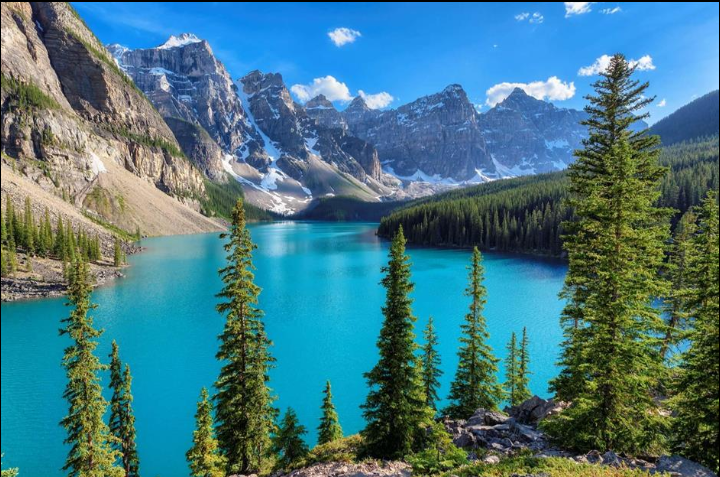
PROTECTED WETLANDS: These areas are designated nature reserves but not so much because the natural environment is still intact but rather as a means of protecting the land, vegetation, fauna, from wasteful exploitation by what the colonial masters regarded as primitives agricultural practices of the local inhabitants.
TYPES OF PROTECTED ECOSYSTEM
There are four recognized types of protected ecosystem, each with its associated resources processes
1. NATURAL AND SEMI NATURAL : These are self maintaining forest reserves being exploited for firewood, charcoal and enjoying little or no management other than legislative protection against un-authorized enchroachment.
2. FOREST RESERVES: Being used for silviculture under intensive care and management. For example, forest plantation.
3. Game reserves / sanctuary / National parks .
4. Savanna reserves designated grazing reserves for use of long distance fulani cattle.
PROTECTED AREAS: These are areas with legal measures limiting human use of plants and animals so as to protect indiscriminate use of these organisms, making them available for future generation use.
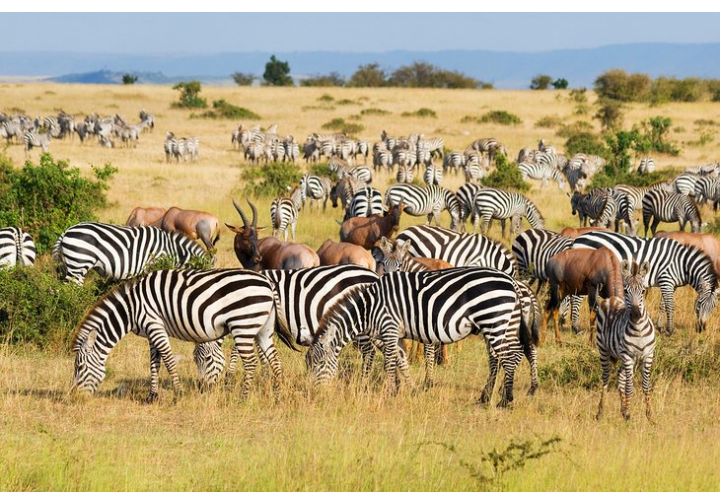
BENEFITS OF PROTECTED AREAS
There are various ways by which protected areas can bring value benefits to communities in any regions.
1. Stabilization of hydrological functions
2. Protection of soils
3. Stability of climate
4. Conservation of renewable harvest able resources
5. Protection of genetic resources
6. Preservation of breeding stocks, population reservoirs, and biological diversity
7. Promotion of tourism
8. Provision of recreational facilities
9. Creation of employment opportunities
10. Provision of research and monitoring facilities
11. Provision of educational facilities
12. Maintenance of quality living environment.
13. Advantages of special treatments
14. Preservation of traditional and cultural values.
15. Natural Balance of the environment
16. Regional pride and heritage value
CATEGORIES OF PROTECTED AREAS
1. The scientific reserves or strict nature reserves
2. National parks
3. Natural monuments/ natural land mark
4. Natural conservation reserves/managed reserves or wildlife santuary
5. Protected landscape/ sea scape
SOME SUGGESTED SOLUTIONS TO PROBLEMS FACING WILDLIFE MANAGEMENT
National strategies are needed to combat the numerous constraints facing wildlife management all over the world especially Africa. There is need for establishment of some fundamental institutional reforms to sharpen the focus of efforts in wildlife management and conservation. Some of the suggested solutions include:
a. Education
b. Effective legislatiom
c. Funding
d. Research
e. Involvement of local indegens, government and non governmental organizations
f. The rehabilitation and redeployment of zoos
a. EDUCATION : The first step towards effective wildlife management and conservation is a careful organization of public education program that is targeted on both decision markers and the public. All schools, that is, primary, secondary and tertiary institutions should include in their curriculum and syllabus wild life management studies. Also, open lectures, seminars, conferences, television broadcast, radio tingles, cards, stickers and billboards should be used to educate the populace on wildlife management.
b. EFFECTIVE LEGISLATION: Legislation as a conservation tool is a means to proffer solution to wildlife management but very expensive. Effective legislation that would involve the states and federal staff incorporation with the local masses in and around the conservation areas should be carefully formulated. Such legislation should be properly planned and implemented inorder to obtain a desired result.
c. FUNDING: Adequate funding should be pumped into wildlife management so as to train personnel, purchase wildlife equipments such as patrol vehicles, communication gadgets etc. Also, parks should be elevated from their current state of neglect to enviable current delight like their counterparts in other parts of the world. Also, hotels, catering, indoor games, relaxation areas etc should be rehabilitated and funded to attract both national and international tourist.
d. RESEARCH: There is still need for more research efforts towards the provision of necessary data for the formulation of up to date management plan for owner Parks, reserves and sanctuaries. Research is needed in the domestication of other wild animals that are of many uses to man. This will bring about the rearing of several hundreds of species of animals in captivity.
Universities and other institutions should be given grants to carry out researches and domestication projects.
e. THE REHABILITATION AND REDEPLOYMENT OF ZOOS : Most of the zoos and mesiums in African countries are in the state of neglect. Government need to give adequate attention and develop the zoos to international standards. The number of animal species should be increased and a new policy of naturalisation of the animals environment should be done rather than imprisonment.
f. INVOLVEMENT OF LOCAL INDEGENS , GOVERNMENT AND NON GOVERNMENTAL ORGANIZATIONS: Local masses should be encouraged to form wildlife clubs, hunters clubs etc and should be given some measures of freedom to apprehended poachers and other enemies of wildlife and their inhabitants.
In conclusion, the government has a responsibility not only towards the citizens but also the natural and national heritage to consolidate the national focus towards effective planning and implementation of wildlife conservation and and management strategies
WILDLIFE ANIMALS AND DOMESTICATION
A. THE AFRICAN ELEPHANT :
Savanna elephant ( Loxodonta african)
Forest elephant ( Loxodonta cyclotis)
The savanna elephant is bigger than the forest elephant. The Gestation period of elephant is 22 months. They give birth to only one calf at a time. An average weight of an elephant is 4070 to 6100 kg
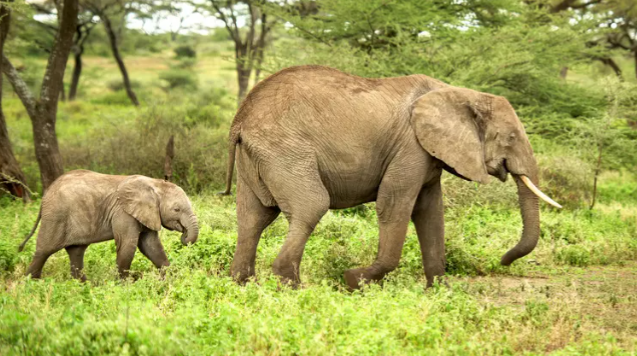
B. AFRICAN BUFFALO
Savanna buffalo ( Syncerus caffer)
Forest buffalo( Syncerus manus)
Buffalo has Gestation period of 11 months and give birth to a calf at a time. It has an average weight of 318 to 880kg
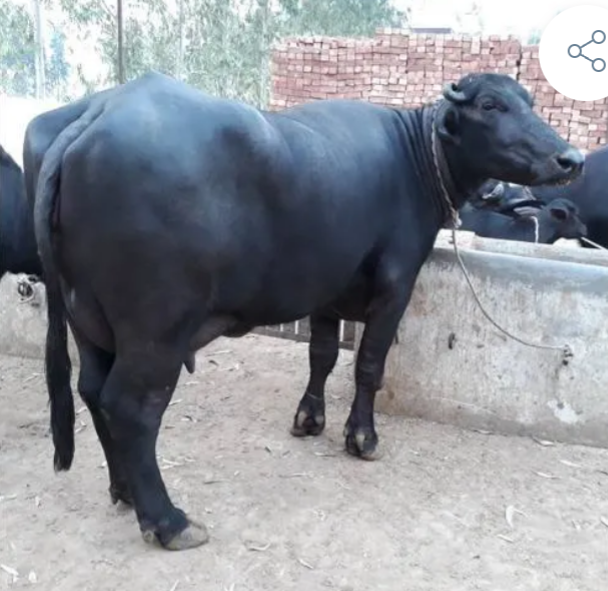
C. HIPPOPOTAMUS ( Hippopotamus amphibious)
It has a gestation period of 230 days ( one month six days) and give birth to a calf at a time. It has an average weight of 3050kg
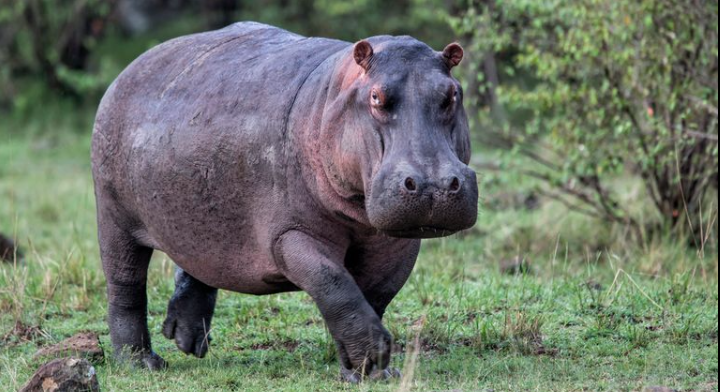
D. GIRAFFE ( Graffa cameloperdalis)
It has a gestation period of 450 days ( 15 months). It gives birth to a single calf at a time. It has an average weight of 1180kg
E. SPOTTED HYIENA ( Crocuta crocuta)
It has a gestation period of 3 1/2 months. It gives birth to two young at a time. It has an average weight of 45 to 55 kg.
F. STRIPPED HYIENA ( Hyena hyena)
It has a gestation period of 2 months. It gives birth to 2 to 4 youngat a time. It has an average weight of 36 to 55kg
G. LION (Panther leo)
It has a gestation period of 3 months. It gives birth to 2 to 6 young at a time. It has an average weight of 136 to 204kg
H. LEOPARD ( Panther pardus)
It has a gestation period of 3 months. It gives birth to 2 to 3young at a time. It has an average weight of 68 to 77 kg
I. CHEETAH ( Acinonyx jubatus)
It is the fastest animal and can run 120 km/hour. It has a gestation period of 95 days ( 3 months 5 days). It gives birth to 2 to 4 young at a time. It has an average weight of 45 to 64 kg. etc
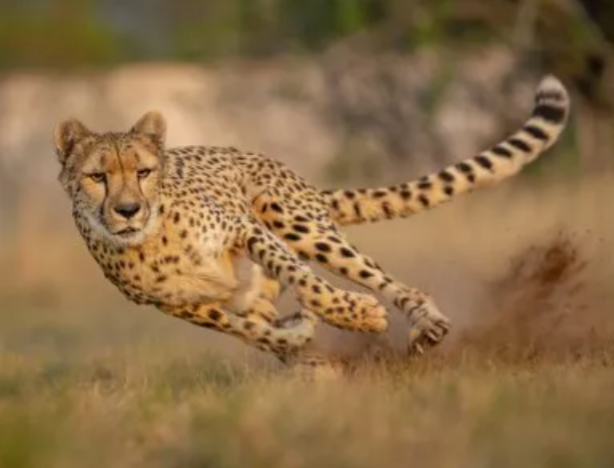
Other animals found in wildlife include different kinds of birds, rodents, snakes, fishes etc
TERMINOLOGIES
WILDLIFE LAW: This is a legal statement made to ensure how wildlife is regulated.
UNREGULATED WILDLIFE FORM USE: This is the use of wildlife in any form without any law restriction
NATIONAL PARK: National Park is an area of land set aside for the protection and preservation of wild animals and their habitats. It gives protection to animals, soil, plants, geological formations, and historical monuments etc.
The area is protected by the law of that country. It can be of international, national and state significance. Forest and wildlife are examples of national resources.
GAME RESERVES: This is an area protected by the law of the state.
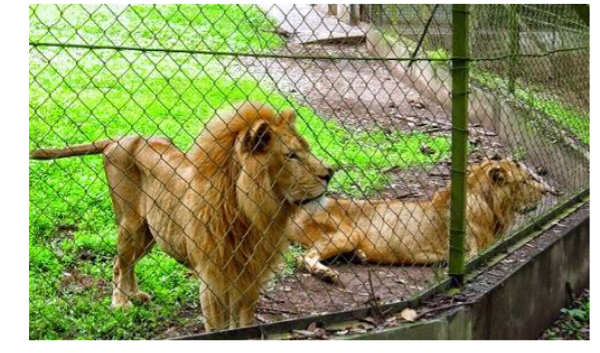
OVER-UTILIZATION: This is the excessive use of the resources
UNDER-UTILIZATION: These are abundant resources that are left unused.
RATIONALISATION IN FOREST RESOURECES: This is the utilisation of forest resources and also it’s conservation for the other generation to use.
THREATENED SPECIES: These are also referred to as endangered species.
FACTORS RESPONSIBLE FOR ENDANGERED SPECIES
1. Predator attack or increment in predator
2. Environmental hazards like wild fire, flood etc
ENDEMIC SPECIES: These are species found at a particular area which cannot survive in the other areas due to environmental conditions.
COMMON SPECIES: These are species found everywhere on the earth.
REAR SPECIES: These are species found everywhere in the past but the number has reduced and are difficult to find.
WILDLIFE STOCK: Animals living in the wild
DOMESTIC STOCK: Animals living with man
NONCONSUMPTIVE USE OF WILD LIFE: Hunting of animals without killing them but subatances are extracted from them for research purposes.
CONSUMPTIVE USE OF WILD LIFE: Hunting of animals for either food or serve as source of money.
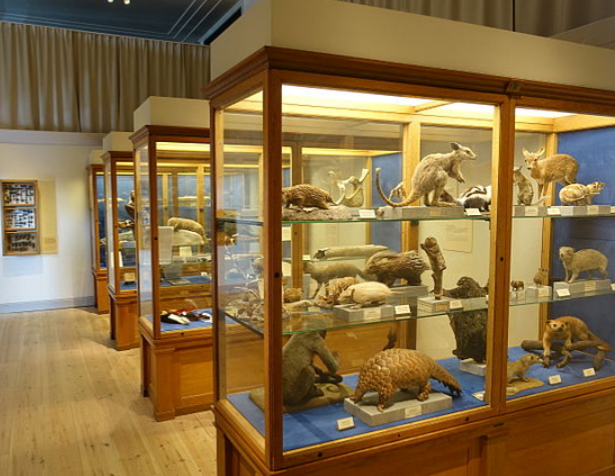
ECONOMIC LINKAGE: This is a way of attracting tourist to improve on the economy through national parks, game reserves etc
HERBERTOFAUNAN STUDY: This is the study of reptiles
